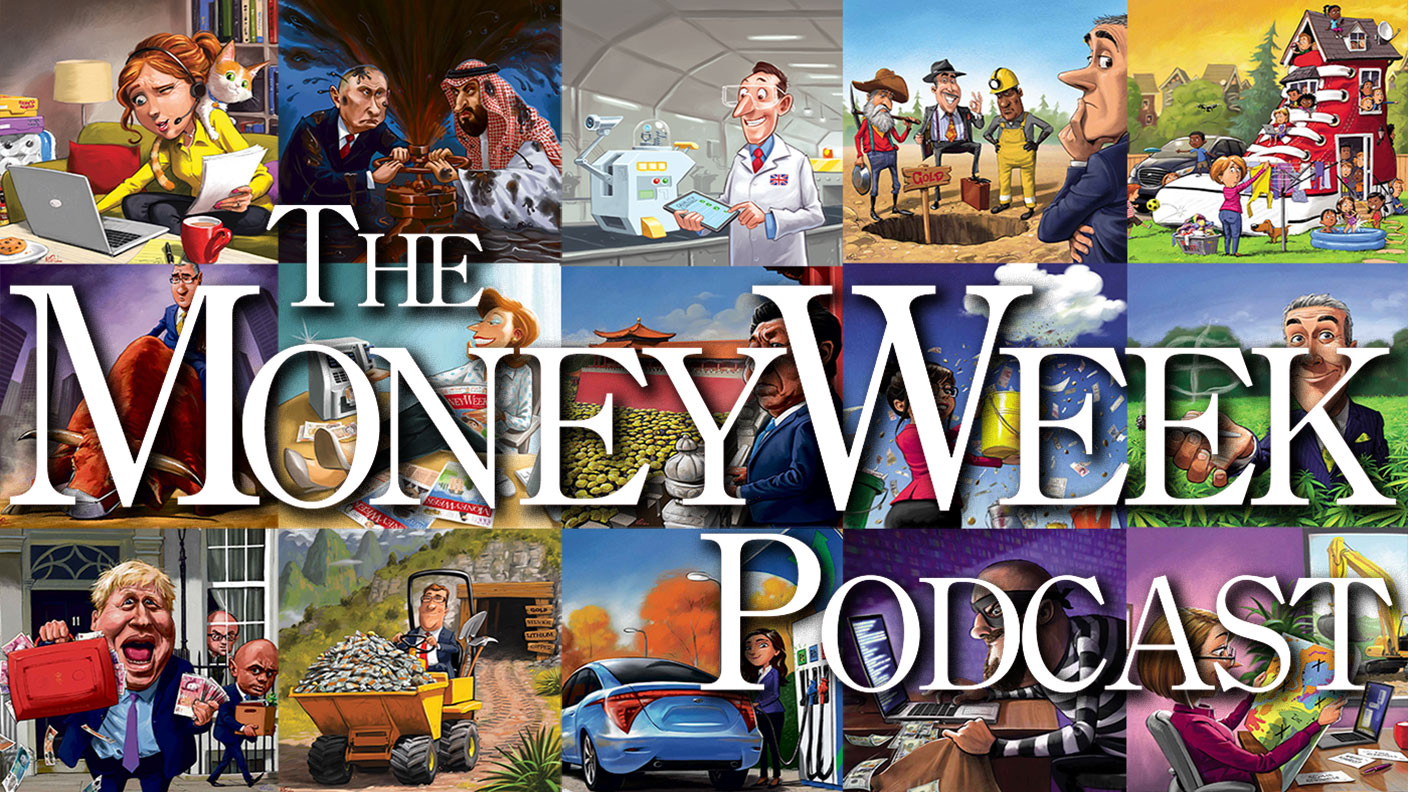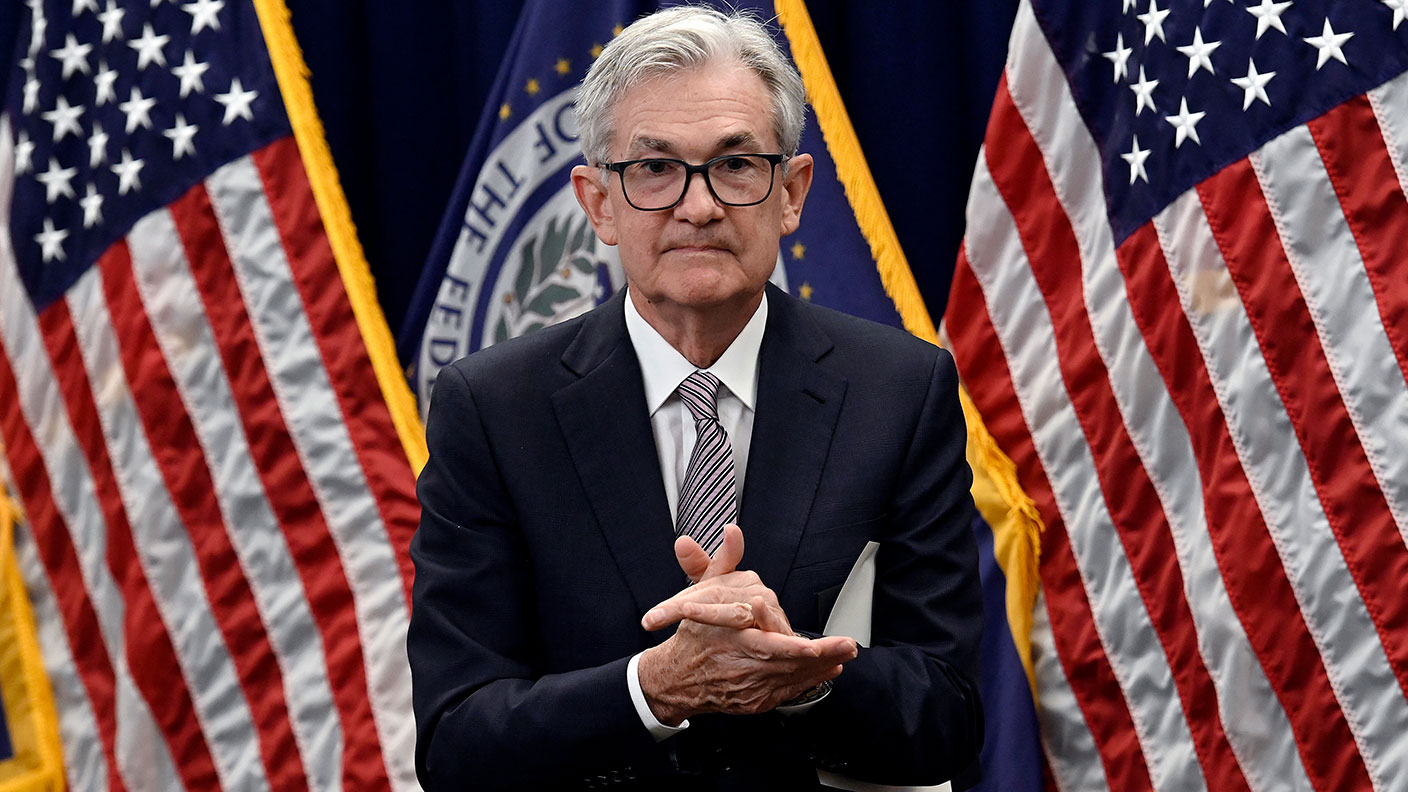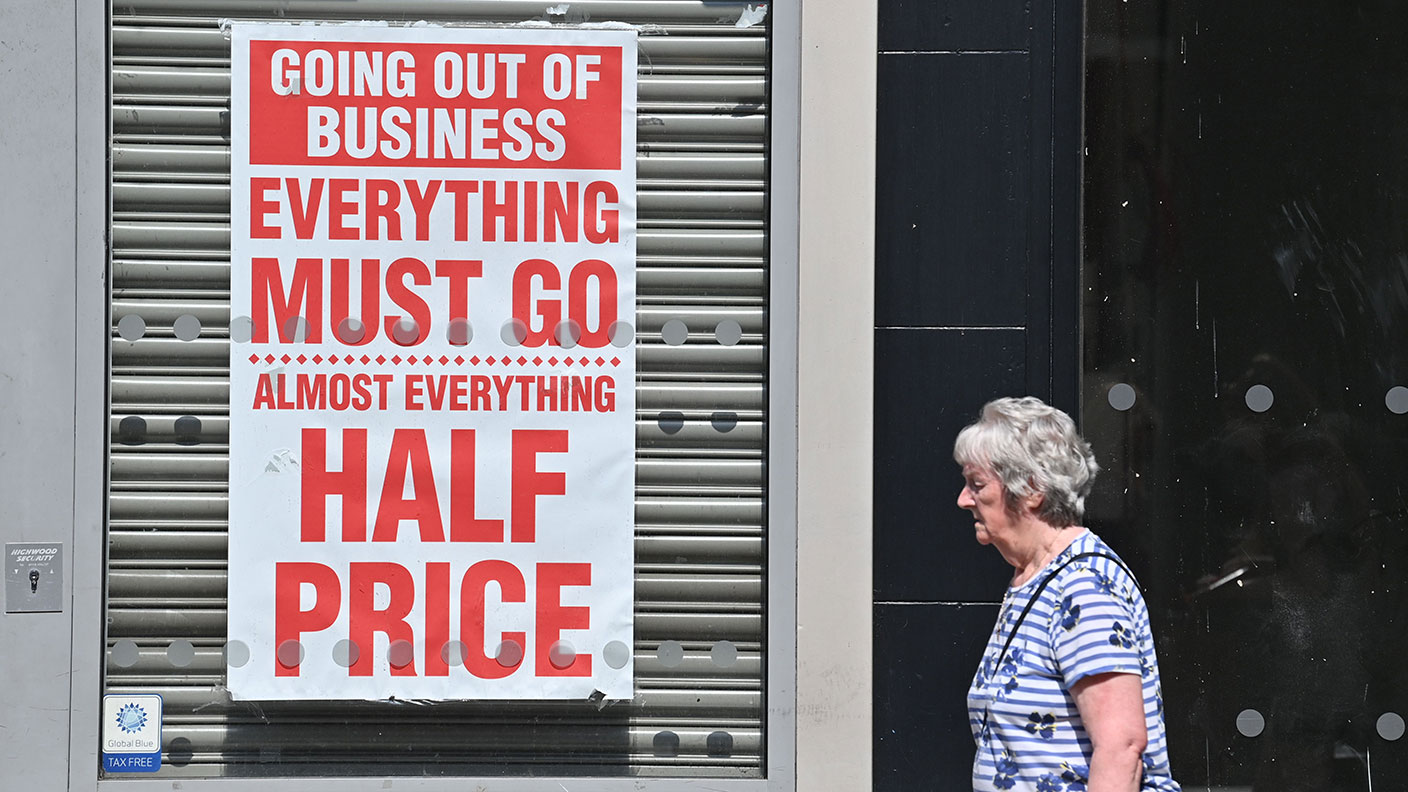Will inflation return – or is “Japanification” the real threat?
SPONSORED CONTENT – Should we actually be concerned about deflation in the wake of Covid-19?

Whatever happened to inflation? Many older readers will remember the 1970s, when investors were terrified that stagflation might storm ahead, thrusting us forward towards a Weimar-style hyperinflationary meltdown. And yet, in recent decades, we’ve been worrying about the precise opposite. Specifically, what concerns policy makers and investors these days rather more, is what has happened in Japan.
Ever since its huge financial crash in the late 1980s, the industrial powerhouse has struggled with inflation’s evil twin, deflation. Put simply, Japan has suffered many years where consumer or retail prices have steadily fallen. This sounds benign, but persistent deflation worries economists. They believe that it creates a feedback loop whereby consumers avoid spending today because they think tomorrow everything might become cheaper. As a result, savings grow and demand in the economy slowly crumbles. Combine that with lower-than-average long-term GDP growth, and mix in an ageing society and chronic government overspending (“fiscal deficit”), and we end up with the scenario now described as “Japanification”.
The fear is that it is spreading well beyond Japan. Many argue that this process is already well under way in the eurozone. And while most economists reckon that the US and the UK have so far avoided the process, we can see a direct impact on one key area – interest rates. If inflation is low (and growth weak) central banks such as the Federal Reserve in the US, and the Bank of England, can keep interest rates lower for longer. In the 1970s, with inflation running riot, interest rates regularly pushed past 10%. Now, in the UK, we have a rate of just 0.10%, and many economists believe rates will stay this low for at least another three to five years or possibly many decades.
MoneyWeek
Subscribe to MoneyWeek today and get your first six magazine issues absolutely FREE

Sign up to Money Morning
Don't miss the latest investment and personal finances news, market analysis, plus money-saving tips with our free twice-daily newsletter
Don't miss the latest investment and personal finances news, market analysis, plus money-saving tips with our free twice-daily newsletter
How inflation affects asset prices
One could argue that today’s incredibly low rates are an exception prompted by the coronavirus emergency. Once we recover from that shock, a very different situation might emerge. As consumers head back to ravaged high streets, they’ll have less choice and face higher prices. Critics also worry about the massive action taken by central banks to backstop economies during the virus.
A particular concern is that, globally, central banks are printing ever more money to buy yet more bonds and loans. For example, during the 2007-08 financial crisis and subsequent recession, total assets on the Fed’s balance sheet grew sharply from $870bn in August 2007 to $4.5 trillion in early 2015, then declined to under $3.8 trillion. But starting in September 2019, total assets started to rise, and that balance sheet has now expanded to more than $7 trillion.
You don’t have to be a hardcore monetarist to be worried about this huge expansion in central bank balance sheets and the money supply. Many studies have demonstrated a solid positive relationship between long-run inflation and the rate of growth in the money supply. That said, the rate of inflationary increase matters greatly. Most central banks target an inflation rate of around 2%, but wouldn’t be concerned if inflation rose to between 2% and 4%.
As we head above 4%, the real value (ie after inflation) of accumulated government debt begins to slowly depreciate, and there is also some evidence that equities are a decent inflation hedge in the long run. But over shorter time horizons, there is an inverse relationship – rising inflation is associated with falling share prices, and vice versa. And once inflation heads north of 7%, investors in bonds and equities alike start to get much more worried. At that point, “real” physical assets such as property and even gold start to come into their own.
Is inflation really a worry though?
However, there is an important counter-argument. While investors might be worried about the potential for inflation, the hard facts are less alarming. We can get an idea of how much future inflation is priced into financial markets by looking at something called the “breakeven rate” (which in effect, looks at how much future inflation is priced into government bond yields). This currently suggests that 10-year expectations for inflation in the US are sitting around the 1.2% mark or thereabouts.
That’s hardly alarming. Indeed, given the circumstances, many economists still maintain that deflation is the greater risk. They point to subdued measures of wage inflation (made worse by weak union bargaining power), alongside other processes such as globalisation (many products face competitive world markets full of rival producers keen to cut prices), rapid technological change (helping to cut prices of new services) and an ageing society (older investors tend to save more and spend more on non-essential goods frequently missed by inflation measures). Add it all up, and maybe we have more to fear from “Japanification” rather than from a return to 1970s stagflation.
Discover more of the latest investment views and ideas from Liontrust’s experienced fund managers
Get the latest financial news, insights and expert analysis from our award-winning MoneyWeek team, to help you understand what really matters when it comes to your finances.
MoneyWeek is written by a team of experienced and award-winning journalists, plus expert columnists. As well as daily digital news and features, MoneyWeek also publishes a weekly magazine, covering investing and personal finance. From share tips, pensions, gold to practical investment tips - we provide a round-up to help you make money and keep it.
-
 What does the latest inflation shocker from the US mean for your money?
What does the latest inflation shocker from the US mean for your money?Analysis US inflation has hit another fresh 40-year high and it’s unlikely to be going away any time soon, despite the best efforts of the Federal Reserve. With markets already predicting a recession, John Stepek explains what it all means for you.
-
 Liz Ann Sonders: raging inflation and the bear market is not “70s redux”
Liz Ann Sonders: raging inflation and the bear market is not “70s redux”Podcasts Merryn talks to Liz Ann of Charles Schwab about how today’s raging inflation and bear market came about, what to do, and why it’s not like the 1970s stagflation, or the the 2007-2008 crash.
-
 Protecting your wealth from inflation won’t be easy – here’s what to do
Protecting your wealth from inflation won’t be easy – here’s what to doOpinion US inflation hit a fresh 40-year high last week. That sent markets into a spin over fears of interest rates rising more quickly than expected. John Stepek explains what you should do to protect your wealth.
-
 Recession talk is a red herring – here’s what investors should focus on instead
Recession talk is a red herring – here’s what investors should focus on insteadAnalysis There is a lot of talk of impending recession. But that’s not something you should worry too much about, says John Stepek. What’s more important is that the world is changing – and you need to change the way you invest.
-
 Which mistake will central bankers choose to make next?
Which mistake will central bankers choose to make next?Editor's letter The heads of the Bank of England and the US Federal Reserve have choices – but none of them are good choices, says Merryn Somerset Webb.
-
 Too embarrassed to ask: what is tapering?
Too embarrassed to ask: what is tapering?Videos Tapering is the reduction in quantitative easing provided by a central bank. But how does it work?
-
Why investment forecasting is futile
Opinion Every year events prove that forecasting is futile and 2020 was no exception, says Bill Miller, chairman and chief investment officer of Miller Value Partners.
-
 What the new US president means for your money
What the new US president means for your moneyAnalysis What does a Joe Biden presidency mean for your portfolio? The close-run election restricts Biden’s agenda – but certain companies will still do better than others, writes John Stepek.



